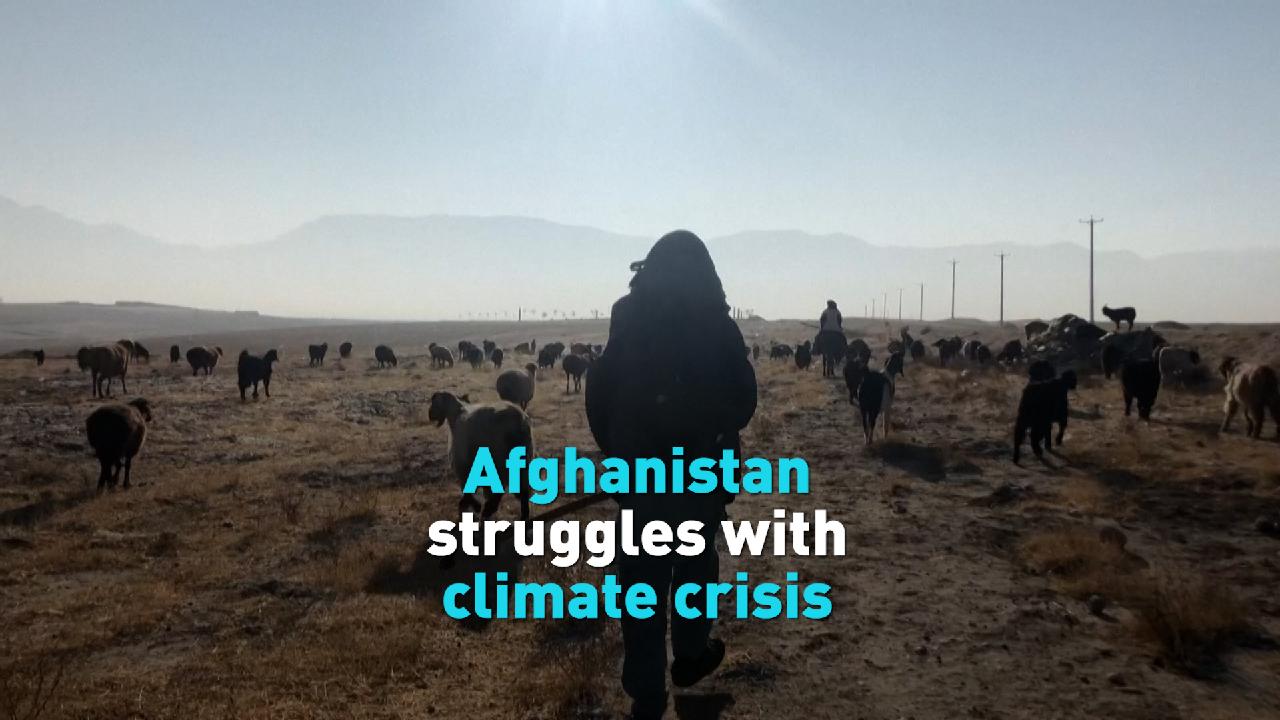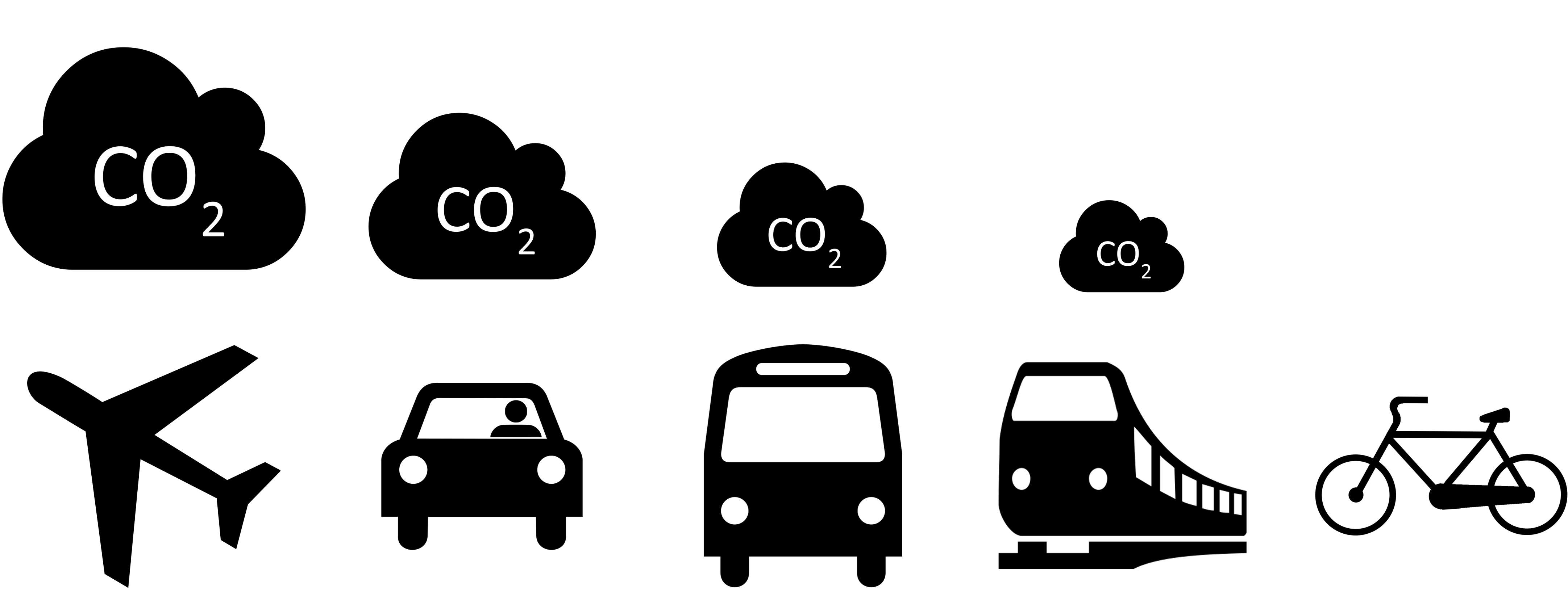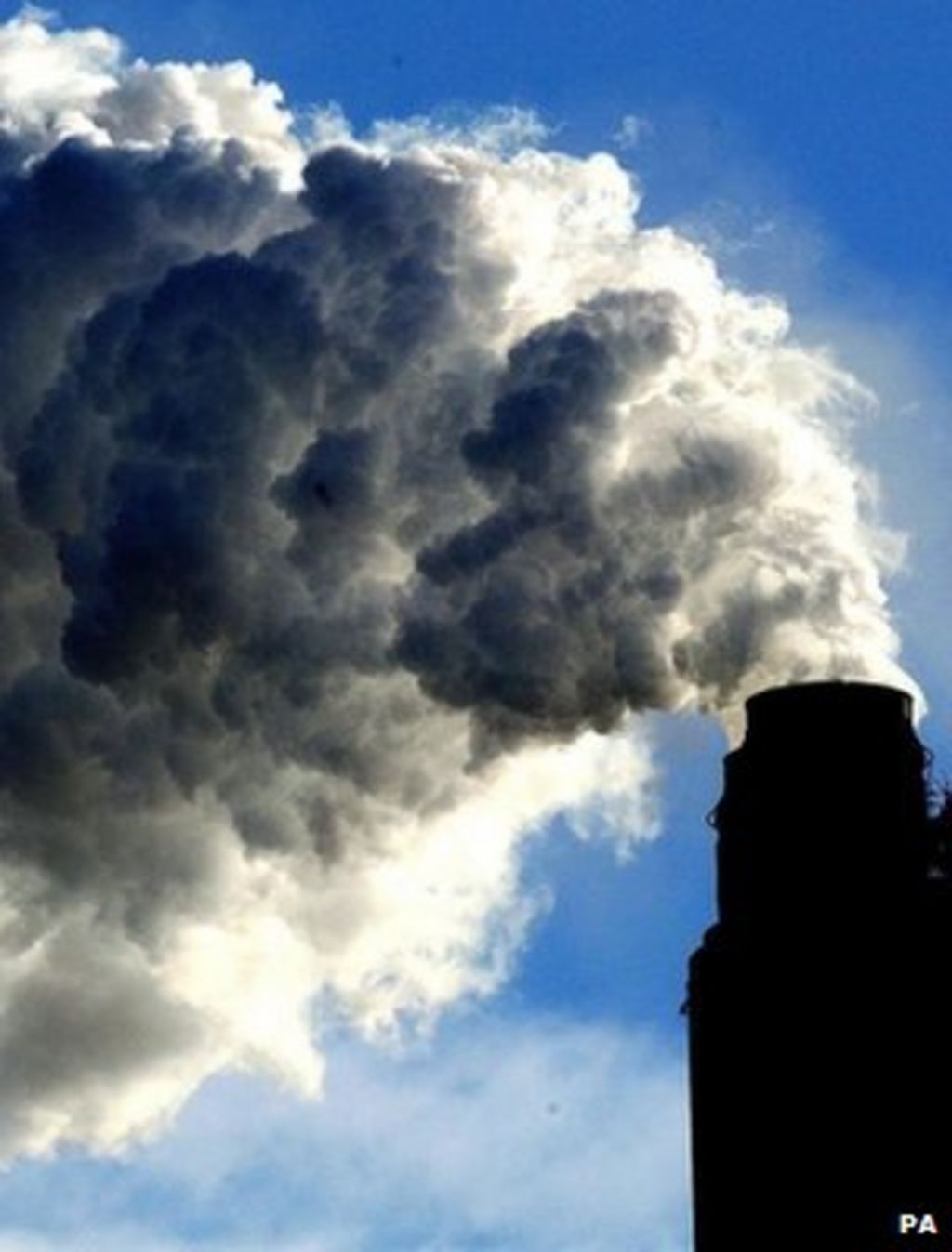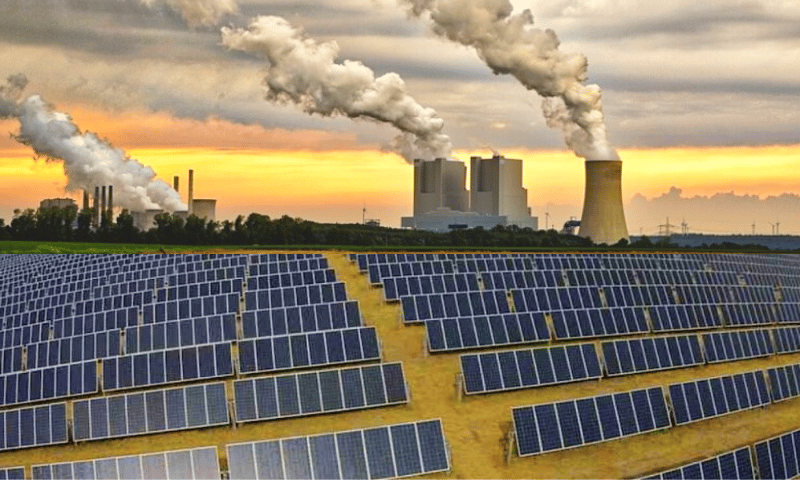
When the Taliban was out of power, Afghanistan had a surprisingly robust climate movement.
The GOP Climate Plan Is…
Way Worse Than the Taliban’s
Not to Mention Every Other Country on Earth
Bill McKibben / The Crucial Years
(July 17, 2024) — We are in a period of almost incomprehensible political drama—the debate, the assassination attempt, the scary veep. I haven’t agreed with Bernie Sanders about everything recently, but I think he was right when he told an interviewer Sunday that “politics should be kind of boring,” as in a “serious discussion of serious ideas as to how we address the serious problems facing this country.”
So as the Republicans gather in Milwaukee for their convention, let’s try and have that discussion. Which is a little hard because on key issues—in this case climate—the Republican platform says…nothing. Its platform doesn’t mention that we’ve just come through the hottest year in the last 125,000, it doesn’t mention fire or flood or drought.
Instead, its short list (five) of “core threats to our very survival as a nation” it lists “crippling restrictions on American Energy Production,” and it promises:
We will DRILL, BABY, DRILL and we will become Energy Independent, and even Dominant again. The United States has more liquid gold under our feet than any other Nation, and it’s not even close. The Republican Party will harness that potential to power our future.
In terms of specific promises, it makes only a couple (all with the odd random capitalization typical of Trump’s tweets): “terminating the Socialist Green New Deal” (which shouldn’t be hard, since it wasn’t ever enacted) and “streamline permitting, and end market-distorting restrictions on Oil, Natural Gas, and Coal.

Its short list of areas where it will champion innovation begins with “Crypto” (“We will defend the right to mine Bitcoin, and ensure every American has the right to self-custody of their Digital Assets, and transact free from Government Surveillance and Control”) and doesn’t mention renewable energy, which is by far the fastest-growing “innovation” on planet earth.
Indeed, if climate change is mentioned in Milwaukee at all this week, it will be only to scorn the whole idea. As the former president said at a recent Virginia rally, “Global warming is fine. In fact, I heard it was going to be very warm today. It’s fine.” So button it, all you scientists and other wackos. “The ocean will rise, maybe, and it may go down, also,” Trump added. “But it may rise one eighth of an inch in the next 497 years, they say, one eighth, which gives you a little bit more waterfront property if you’re lucky enough to own.”
The Democratic platform is, by contrast, sober and—well—responsibly and normally boring, in the tradition of party platforms. It says things like:
Going forward, Democrats will keep working to incentivize investment in transmission upgrades and new lines, and in the grid-component manufacturing that’s needed to support that growth. We will improve and speed up the processes of environmental review and clean-energy permitting; and further scale up development of clean energy on public lands.
And this, from the press release the:
Democrats will scale up solar, wind, and geothermal projects made possible by the Inflation Reduction Act and invest in clean energy R…D to build America’s legacy as a nation of new frontiers and possibilities.
President Biden will expand the clean energy workforce, with a goal of tripling the size of the American Climate Corps by the end of this decade and making sure the clean energy and manufacturing jobs of tomorrow are open and accessible to communities that have been too often left out in the past.
We’ll also eliminate tens of billions of dollars in unfair oil and gas subsidies and hold oil and gas executives accountable for potential collusion or price gouging. We will continue to implement the president’s Executive Order on Environmental Justice for all.

This is straightforward and reasonable. Biden—who, it must be said, has seen the US pumping more oil and gas than every other country, and every other time—has also cleared the ground for a transition to renewable energy; the IRA has moved us toward that goal faster than most thought possible. Given four more years the momentum will be irreversible—which is precisely why the fossil fuel industry is piling in behind Trump.
They know that this is their last chance to slow the solar and wind train, and buy themselves an extra decade or two of high-profit relevance. As Texas A…M professor Andrew Dessler told the Times,
“Their No. 1 agenda is to continue producing fossil fuels,” said Andrew Dessler, a professor of atmospheric sciences and the director of the Texas Center for Climate Studies at Texas A…M University. “Once you understand their main goal is to entrench fossil fuels regardless of anything else, everything makes sense.”
In some ways, the most apt comparison of GOP policy is not with the Democrats—its with the rest of the world. Like, all the world. The Washington Post’s Rick Noack has a poignant story this week on the efforts of the Taliban to deal with the devastation wrought by climate change on Afghanistan.
I am no fan of the Taliban—between denying young women the chance to go to school and blowing up the Buddha statues at Bamiyan, they’d lost me even before 9/11. But on climate change they’re striving to be part of the normal world.
While Taliban beliefs are rooted in centuries-old Pashtun culture and an extreme interpretation of Islam, the government affirms that climate change is real, that it’s destroying God’s work and that those in the world who reject the truth of climate change need to get on board. The Taliban has asked imams in Afghanistan’s tens of thousands of mosques to emphasize during Friday prayers the need for environmental protection.
Carbon footprints will weigh heavily on judgment day, said Kabul-based imam Farisullah Azhari. “God will ask: How did you make your money? And then he will ask: How much suffering did you cause in the process?” he said in an interview.

Lots of suffering, as it turns out. As the Post reports, “with parched deserts and deforested, flood-prone valleys, Afghanistan is deemed by researchers to be among the 10 countries most vulnerable to climate change. Hundreds of people died, for instance, during recent flash floods that officials blamed on ominous changes in the climate.” It’s not their fault, and they know that too.
“Just like they invaded our country, they’ve invaded our climate,” Lutfullah Khairkhwa, the Taliban’s deputy higher education minister, said in his opening speech at a Jalalabad climate conference. “We must defend our climate, our water, our soil to the same extent we defend ourselves against invasions.”
But of course that’s impossible—there’s now way to head off high pressure systems and scorching heatwaves. The only hope is international cooperation—something the Taliban prevents with its human rights record, and something the Trump regime will prevent by once again pulling us out of the Paris accords.
When that happens, the U.S.—biggest contributor by far to the stock of atmospheric gases now warming the planet—will be the only nation on Earth not taking part in the effort to rein in the warming. Which would be…Not Boring.

In Other Energy and Climate News:
+Remember NATO, last week’s political story? Axios reports that the alliance is paying more and more attention to climate change, and especially Russian efforts at disinformation.
NATO has also found that its adversaries, chiefly Russia, are spreading climate and energy-transition-related disinformation in order to undermine political will for climate action.
- It cites an uptick in Russian disinformation tied to the European green energy transition on social media and on online news sites. Russia, a major producer of oil and gas, has an interest in slowing the transition to renewable energy sources.
- Disaster-related disinformation is another emerging trend, which seeks to impair NATO members’ ability to respond effectively. This was observed, for example, in association with the deadly fire in Lahaina, Maui, in August of last year, the report states.
- Russia, for example, sought to benefit from that by spreading the narrative that the U.S. should be aiding its own citizens in Hawai’i instead of Ukraine, the report notes.
- +Huge heatwaves and roiling storms are placing incredible stress on the planet’s power grids,according to Bloomberg
- The climate crisis exposes electricity networks to flash floods ripping down transmission towers, droughts drying up hydro reservoirs and demand spikes from cooling during searing heat.“The whole power system was built and designed in one climatic era and now is being asked to work in a different climatic era,” said Michael Webber, a professor of energy at the University of Texas at Austin. “It just means more things can go wrong.”
Unstable networks create instability for businesses, roil politics and threaten lives. Expanding the grid will cost about

-
$24.1 trillion to meet net-zero goals by 2050, outpacing the investment needed in renewable-power capacity, according to BloombergNEF. Because of their vast areas and high energy use, the US and China face the biggest bills, but no country is spared.
- But there is one champion riding to the rescue—the noble Battery!
- Canary Mediareports that the US battery market is off to its hottest start ever this year
- Earlier this year, the government’s official number-crunchersmade a prediction: The U.S. would nearly double the size of its grid battery fleet in 2024. Even before the numbers started to roll in, the forecast seemed sound — the country’s grid battery capacity has basically grown at that blistering pace for three years running. Sometimes even faster.With this new data in hand, the prediction looks even more likely to be realized. The country installed more than double the amount of utility-scale storage in Q1 2024 than it did over the same period a year prior. And overall battery storage installations — meaning not just utility-scale projects, but home and commercial installations as well — were 84 percent higher than in Q1 2023.
Grid batteries accounted for most of the new installations in Q1. And almost all of this 993 MW of new utility-scale storage capacity was built in three states: Texas, arguably the
hottest grid battery market in the country; California, the state with the most storage capacity; and Nevada, a state with ample solar and some momentum in battery deployments. In the residential and commercial markets, California led the way as well.This wave of battery storage installations comes on the heels of exponential growth in U.S. solar capacity. A decade ago, the U.S. had connected around 20 GW of solar to the grid in total; now the country
installs more than that each year.
- This growth can, at times, lead to an embarrassment of riches: Solar-saturated states like California often produce more clean electricity than they can immediately use. Without batteries to soak up this surplus, a lot of carbon-free energy goes to waste.
- Remember, this is all brand-new; three years ago there was essentially no grid-scale battery storage. It’s reached the point where even the mainstreamest of MSM has to take note—CBS had an excellent piece last week, that began with a woman named
- Rachel Harper who used to work in the oil and gas industry in Texas and never thought she’d be working next to solar panels all day.“It’s a much more peaceful environment,” Harper said. “I like this way better.”
She’s now at a startup in California called B2U that takes the still-usable batteries out of older electric vehicles, slides them into large racks and then plugs them into solar panels so they can store solar power.
“We’re basically a retirement home for these EV batteries,” Harper said.
- The piece quickly moves on the question of scaling—and is optimistic:
- Nationwide, solar power is the fastest growing form of renewable energy, but it still accounts for only about 5% of electricity generated. In California, it’s nearly 30%, thanks to massive new projects like one in the Mojave Desert, where an array of 2 million solar panels near Edwards Air Force Base can be seen from space.The 4,000-acre site is the largest solar storage facility in the country and has enough energy to power about a quarter million homes.
“Without this, I think renewable energy would hit a limit fairly quickly,” said Gus Luna, the chief development officer for Terra-Gen, the company that built the site.
California, the fifth largest economy in the world, aims to run on 100% renewable energy by 2045.
“You’ll probably need something like another 20, maybe 30, more of these projects to be able to reach that,” Luna said.
That’s because to truly make all those panels and turbines work, you need batteries included.
- +Check it out! I told you the story of last week of the beginning of Elders Week outside Citibank. It ended with a remarkable day for kids and parents and grandparents, captured on video here
- And the New York Times offered remarkable coverage of the whole week’s events:
- The activists’ tactics have spanned a wide range, from low-octane, read-along events with toddlers to boisterous blockades and disciplined civil disobedience actions. Though big climate demonstrations had been fairly regular in New York City and elsewhere, they have taken a back seat to demonstrations against the war in Gaza.The climate action on Wednesday was a tame, child-friendly event. Preschoolers and parents sang songs and licked red-white-and-blue Popsicles. “Give the biggest bad guy a time out,” one placard read.
“Just seeing the amount of people who have been made unalive because of the climate crisis already,” Shanika Anderson, a 41-year-old preschool teacher, said before explaining in a whisper that she was reluctant to use words like “kill” around her 4-year-old son, Sage. “We need to do something now.”